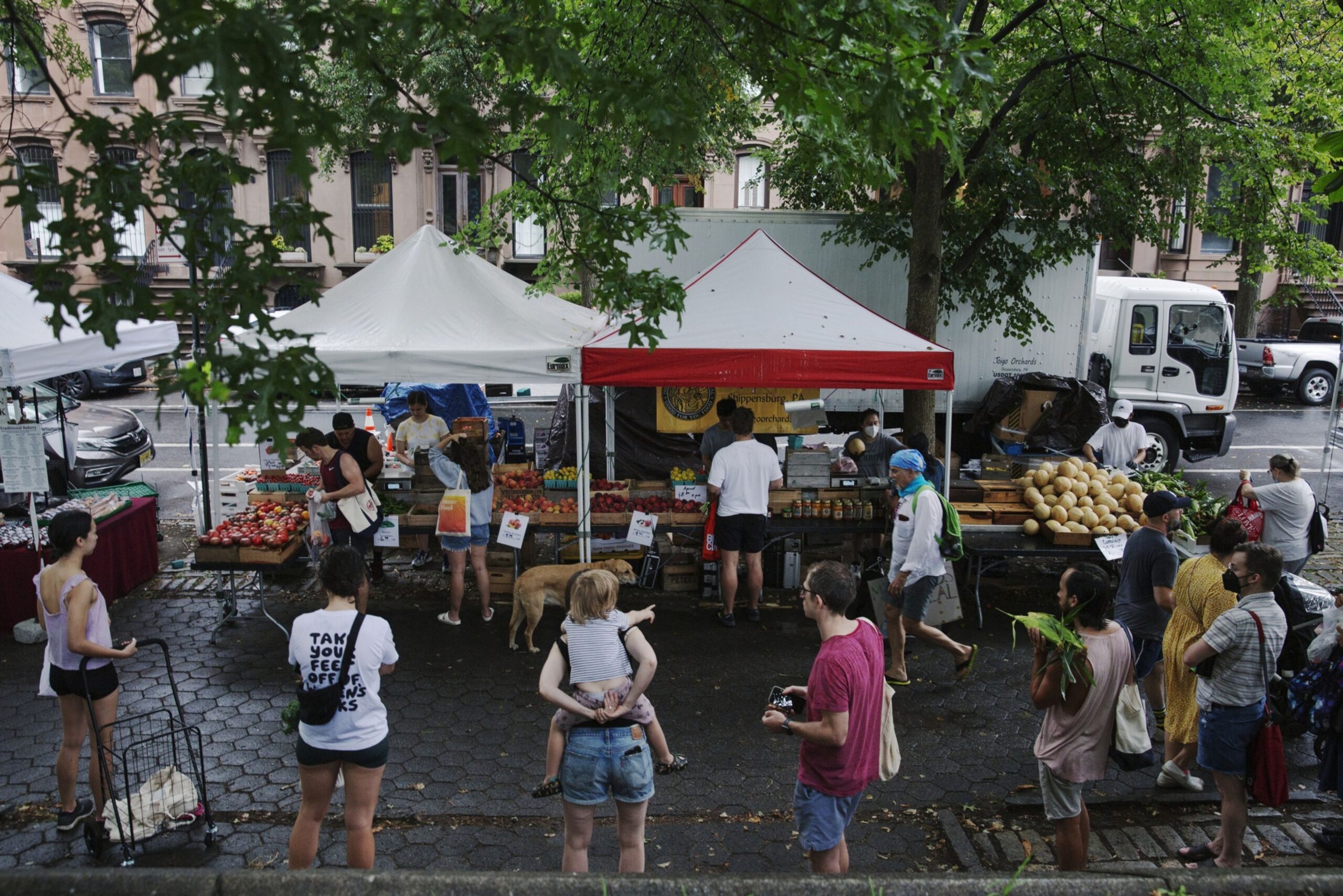(Bloomberg) —
Winnie’s Bar, a beloved neighborhood karaoke spot in Manhattan’s Chinatown located on the second floor of their building, was searching for a way to keep income flowing during the pandemic. To get creative, they inquired about building an outdoor dining set-up on the street level, but when the bar reached out to the New York City Department of Transportation (DOT) to ask about how that might work, DOT told them they had to contact Small Business Services (SBS) for an answer. When they contacted SBS they responded that they didn’t know the answer either and suggested they get in touch with DOT.
Time and efficiency are precious commodities. Small business owners don’t have the capacity to navigate complicated licensure requirements within city programs. In 2021, 51% of all business owners predicted their business would not survive 12 months without additional support, according to a survey from HR software business Gusto. This rate was even higher among minority business owners: 73% of Black entrepreneurs and 71% of Asian American (and) Pacific Islander owners predicted their business might fail within the year, the survey said.
While the pandemic limited indoor activities, sidewalks, streets and plazas supported an influx of people in a variety of uses. We’ve started to think about the public spaces, beyond parks, as lifelines for people and businesses. These underappreciated right-of-ways are moving from limited usage, largely governed by cars, to a central anchor for community vitality supporting recreation, transportation, commerce, the arts, sanitation and green infrastructure.
All over the world, we’ve seen how programs like outdoor dining saved restaurants and jobs from Lithuania to Japan. In less than 24 months, more than 18,000 restaurants were approved for roadway and sidewalk seating through the Open Restaurants Program in New York City. Leaders in several cities are now navigating how to make these programs, which are still so popular, permanent.
With our small businesses in crisis, the answer is in how we manage our surrounding public spaces.
Increasingly, neighborhoods have begun to think beyond the front steps of a singular business. For example, the Tompkins Avenue Merchants Association (TAMA) started hosting weekly street markets in Brooklyn in April 2020. TAMA Sundays brought live music, activities for kids and outdoor vending to the street, and it gave vendors needed infrastructure to creatively support their businesses. Cultural organizations, mutual aid networks, community groups and business improvement districts stepped up during the pandemic to program and activate public spaces with performances, food banks and farmers markets.
This renewed energy in the public realm comes in the middle of a death spiral for many small businesses Small mom-and-pop shops have been driven out or struggle to maintain the customer base they once had. By 2024, a quarter of all retail in the U.S. is projected to be e-commerce. That means fewer people are visiting local businesses to get what they need and are instead opting for online shopping. Small businesses provide an opportunity for social interaction that doesn’t exist online. They allow us to connect more deeply to a place and to our neighbors.
With our small businesses in crisis, the answer is in how we manage our surrounding public spaces. When well-utilized and well-managed, the in-between spaces of our neighborhoods can invite foot traffic back to commercial districts, strengthen community bonds and cultivate new forms of entrepreneurship.
However, the Design Trust for Public Space’s Neighborhood Commons report released in April 2022 found that in NYC — like most American cities — a complex web of rules governs the use of public spaces. Multiple city agencies enforce and interpret these rules, levy fines and oversee permits, putting the activation of public space out of reach for most people.
The reality is that many of these “emergency” programs allowed for flexibility in regulatory processes that made it easier for businesses and local groups to activate public spaces in ways that had never been experienced before. Sidewalk cafes in NYC previously took nine months to approve, but now, in a matter of hours, you could set up tables and chairs outside your restaurant.
This level of access needs to be focused across all neighborhoods and programs, especially areas that don’t have existing infrastructure or organizations to manage these spaces. Cities need strong and consistent leadership to ensure that the commons remain a protected and equitably distributed resource for all.
Solutions like setting up a one-stop-shop for permits for all public spaces would save time since the general public doesn’t differentiate between types of public spaces, and our regulatory processes should also reflect that mindset. Allowing for sliding-scale fee structures would save money and increase access in lower-resourced neighborhoods. Cities should waive over-burdensome insurance requirements for public space managers to encourage versatile community ownership and engagement. They should also provide matching funds or grants to organizations who want to plan cultural activities or markets that generate foot traffic in struggling commercial corridors.
Comprehensive planning for equitable public spaces makes our neighborhoods more resilient and will help on our road to economic recovery. Small businesses thrive when they’re supported by active and well-managed spaces. We entered the public realm during the pandemic because we had to; we should stay there because of what it means for the future of our cities.
—Elana Ehrenberg is the Senior Policy Manager at Design Trust for Public Space, a non-profit that works to unlock the potential of New York City’s shared spaces.
© 2022 Bloomberg L.P.





